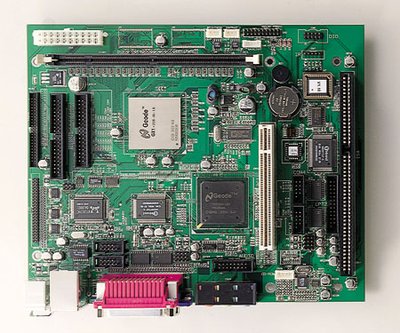First post, by Rawit
- Rank
- Oldbie
I have this Advantech board with a NS Geode GX1 233Mhz CPU and 16MB on-board RAM. I bought it brand new and it came with a Advantech stickered 256MB Double-sided stick of PC133 SDRAM installed. The 256MB stick doesn't do CL2 or plays nice with a better SDRAM divider so I want to upgrade it.
I threw in a Kingston stick of Single-sided 256MB of RAM I had lying around but it gives me beeps, system won't boot. Tested it in an another machine and it works. So I checked the manual of the board and of comparable ones and they all state that 128MB is the max. you can install. No mention about memory density or compatibilty, but one manual explained that Single-sided modules are typically 16 or 64 MB; Double-sided modules are usually 32, 128MB.
It left me wondering what to try next. I don't have any other sticks around. Points/questions that came to mind:
- Does the on-board RAM somehow requires me to use Double-sided RAM?
- Where does this 128MB max. statement in the manual come from and why did my board came out of the factory with 256MB installed?
- What are the chances that a Single-sided 128MB stick of RAM would work?
